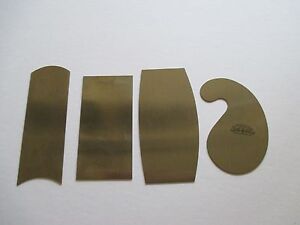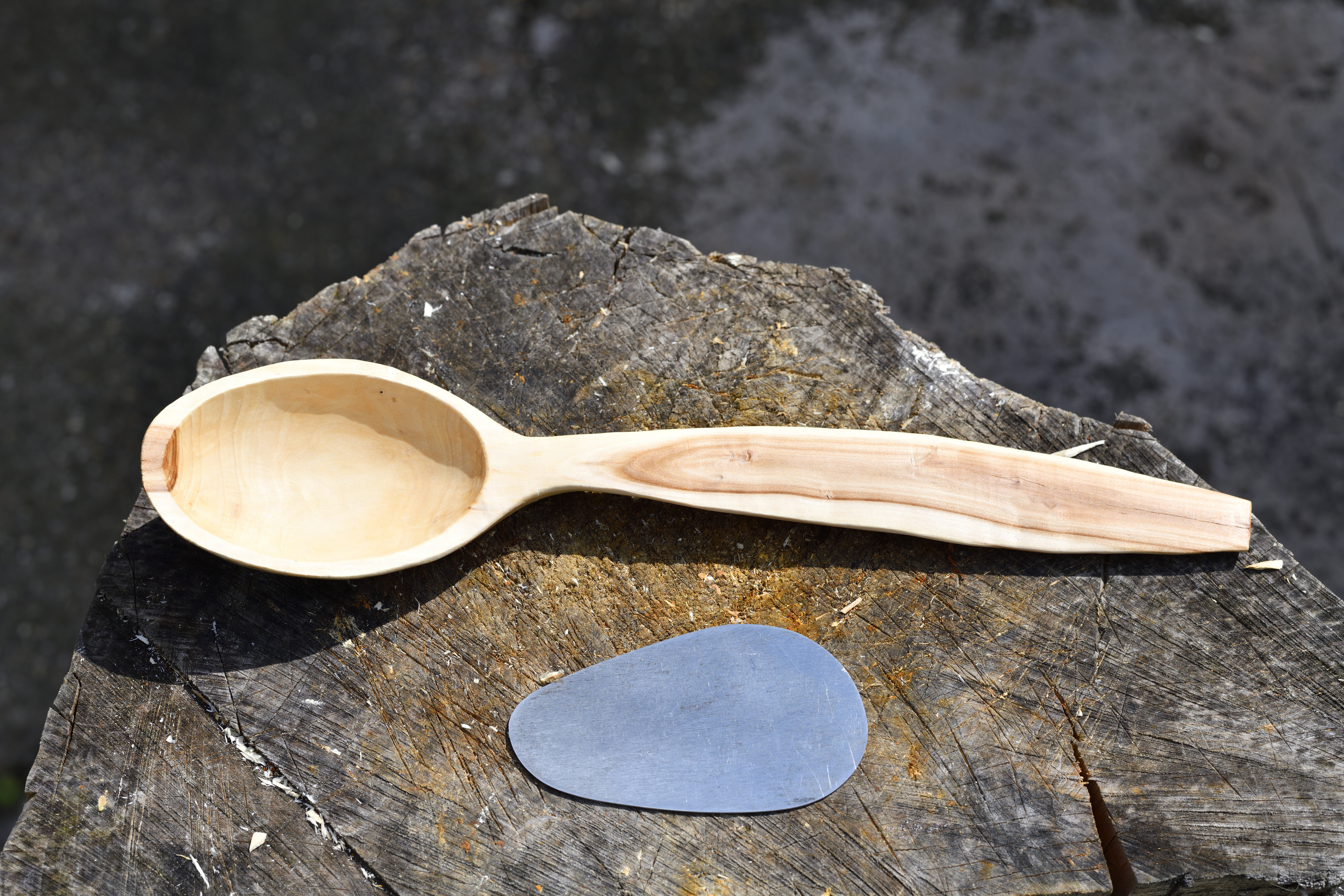MikeG.":264c3wap said:
I like the square pedestal, Richard. I think we may have seen that a year or three back, didn't we?
Correct Mike. However, there were problems with it after installation. There were five laminations in it. Glued with urea formaldehyde adhesive, and lots of clamps after careful preparation of the faces. Everything was hunky-dory in the workshop as the table was made, and still good after completion and stored for a few weeks in a similar cool but dry environment. They lasted only about four weeks in a house with some sort of highly sophisticated climate control system (way beyond simple A/C, heating, double glazing, insulation etc: can't recall the name of the system now, but I imagine you'll have come across it being an architect) before some delamination occurred.
I've never been able to definitively put my finger on the cause of the failure. The wood was about 10% MC during construction, and probably it gained a bit during making and storage. Could it have been the fancy climate control in the house causing significant drying and shrinkage? Could it have been the urea formaldehyde? Maybe, because, like others, I noticed the stuff didn't mix and behave in the same way it used to twenty or forty years ago. Would a creepy PVA or aliphatic resin have been a better choice? Those types weren't chosen because of their limited open time, compared to the UF Extramite brand.
Anyway, it's puzzled me ever since, and I like to think I'm pretty good at understanding wood's behaviour with a pretty good understanding of construction. Whatever, it's made me wary of taking on further jobs requiring such chunky laminated structures: smaller ones, no problem in my mind; but big ones .... hmmm, er, maybe, with a 'you've been warned of a possible consequences/failure' rider for the client, ha, ha. Slainte.



































